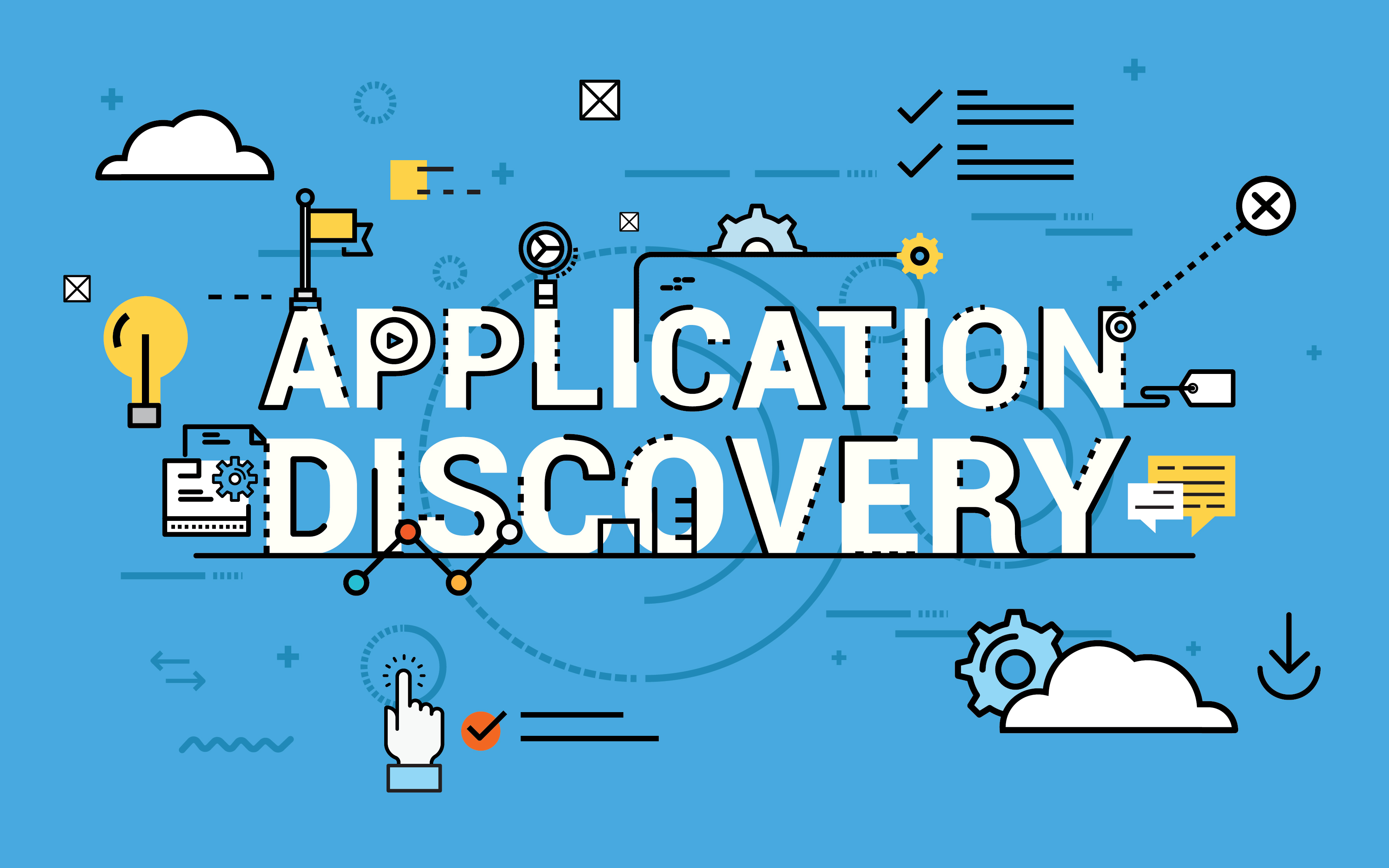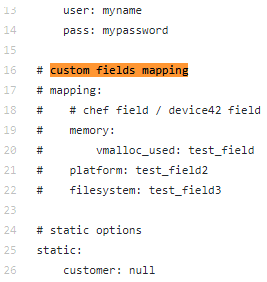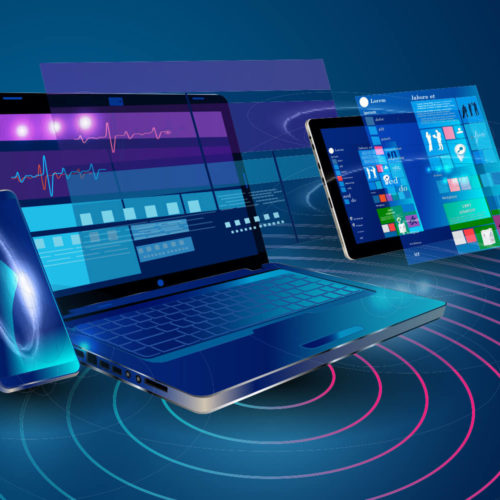We’re pleased to announce feature additions to the Device42 Puppet/Chef integration that allow you to sync just about any CI detail that exists in your Puppet Master’s .yaml file to any number of Device42 custom fields!
Building on the functionality of prior releases, the Device42 integration connector for Puppet / Chef still allows Device42 software to sync discovered system information data from “Puppet nodes” to Device42’s asset inventory, as you’ve been able to do for a good while now. Syncing from Puppet / Chef can help to eliminate the need to run redundant auto-discovery processes across your infrastructure. With this new update, however, you can sync a whole new range of CI details over to your Device42 instance!
 These additions allow you to sync details from any string and/or count array field in Puppet and Chef to your Device42 CMDB. Simply create one or more custom fields within Device42, and add a mapping to the settings.yaml file in source:target field pairs [in YAML format] as pictured (#commented) in the accompanying configuration file screen shot.
These additions allow you to sync details from any string and/or count array field in Puppet and Chef to your Device42 CMDB. Simply create one or more custom fields within Device42, and add a mapping to the settings.yaml file in source:target field pairs [in YAML format] as pictured (#commented) in the accompanying configuration file screen shot.
Your settings.yaml can be edited at any time to sync more CI details to new Device42 custom fields. To add another, simply locate the ‘# custom fields mapping’ section in your Puppet or Chef integration’s setting.yaml, and add a new line to the list consisting of your new chef_field:device42_field mapping(s).
For a full list of the integration’s existing features, head right over to our Puppet or Chef integration page.
Download the Updated Puppet/Chef Integration
Download the latest integration files from our GitHub below:
Puppet: The script to sync Puppet nodes information to Device42 can be found here: https://github.com/device42/puppet_to_device42_sync_py
Chef: The script to sync Chef nodes information to Device42 can be found here: https://github.com/device42/chef_to_device42_sync_py
Don’t forget to check out the README.MD files in the above linked repositories for requirements and more detailed setup information, and of course don’t hesitate to leave a comment below if you have a question.
Of course, you’ll Device42 running to use either of the above. Make sure you have the latest version, or if you aren’t already a Device42 user, download a FREE 30 day trial today!


